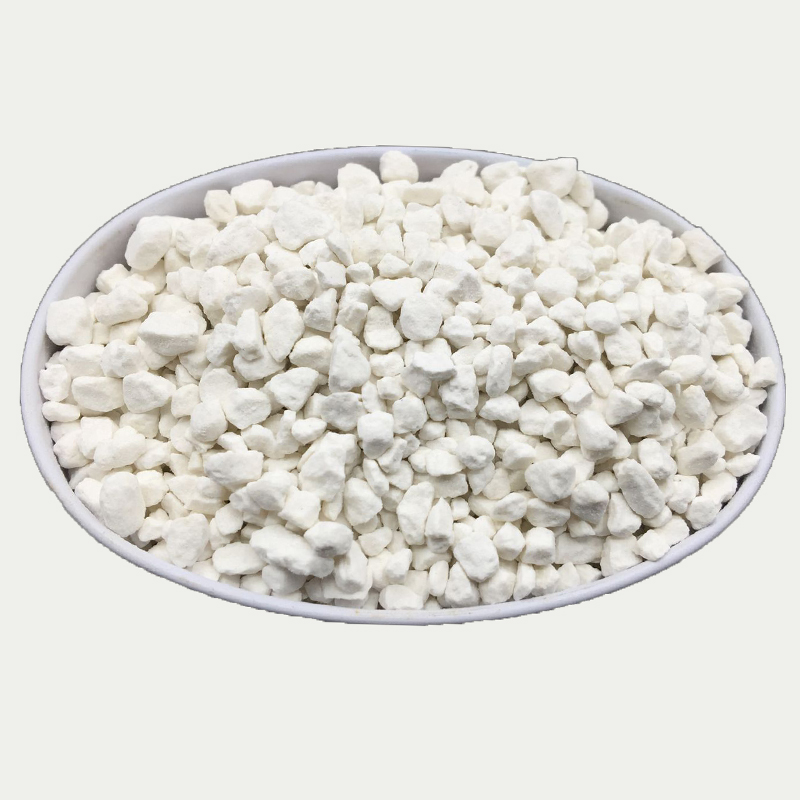
Dic . 25, 2024 22:34 Back to list
Optimal Timing for Applying NPK Fertilizer for Maximum Crop Yield
When to Apply NPK Fertilizer A Comprehensive Guide
NPK fertilizer, which consists of three essential nutrients—nitrogen (N), phosphorus (P), and potassium (K)—plays a critical role in promoting healthy plant growth and ensuring bountiful harvests. Understanding the optimal times to apply NPK fertilizers can significantly enhance their effectiveness and improve overall crop yield. This guide will provide you with insights into when to apply NPK fertilizer for various crops and soil conditions.
Understanding NPK Fertilizer
Before delving into application timings, it's crucial to comprehend the roles of nitrogen, phosphorus, and potassium. Nitrogen is vital for plant growth, stimulating lush foliage and facilitating the development of proteins. Phosphorus contributes to root development, flowering, and seed formation, while potassium helps plants manage water efficiently, enhances disease resistance, and aids in fruit quality.
General Application Guidelines
1. Soil Testing The first step in determining when to apply NPK fertilizer is to conduct a soil test. This will help identify the existing nutrient levels and pH balance, allowing for tailored fertilization strategies. Ideally, soil testing should be performed in the fall or early spring before planting.
2. Pre-Planting Application For many crops, applying NPK fertilizer before planting is beneficial. This can be done during soil preparation, where incorporating fertilizer into the soil ensures that it is readily available for young plants. Typically, this practice is ideal for crops like corn, soybeans, and vegetables.
3. Vegetative Stage As plants begin to grow, they require adequate nitrogen to support vegetative growth. Applying NPK fertilizer during this stage can enhance leaf production, which is vital for photosynthesis. Generally, this application occurs a few weeks after planting, depending on the crop’s growth cycle.
4. Flowering and Fruiting Stages Timing your NPK application during the flowering and fruiting stages is essential, especially for crops like tomatoes and fruit trees. At this stage, a balanced NPK fertilizer or a higher phosphorus and potassium blend is advisable to support flower and fruit development. This is typically done when the plants show buds or flowers.
when to apply npk fertilizer

5. Post-Harvest Application After harvesting, applying NPK fertilizer can help replenish the nutrients in the soil, preparing it for the next planting season. This timing is particularly important for perennial crops, where maintaining soil health is crucial for longevity.
Seasonal Considerations
The timing for NPK fertilizer application may also depend on the seasons.
- Spring Early spring is generally the best time for applying NPK fertilizer as plants are beginning to wake from dormancy. For cool-season crops, application just before planting is ideal.
- Summer For warm-season crops, mid-summer applications can provide a nutrient boost, especially in the vegetative growth phase. During this time, split applications are often beneficial, allowing for gradual nutrient uptake.
- Fall Fall applications can be executed for certain crops, especially perennials and winter grains. This allows nutrients to be available as the soil freezes and thaws, promoting healthy root systems come spring.
Conclusion
In summary, knowing when to apply NPK fertilizer is integral to successful crop production. Regular soil testing, understanding the growth stages of your plants, and considering seasonal changes are all vital steps in crafting an effective fertilization plan. By strategically timing your NPK applications, you can enhance nutrient availability, promote healthy growth, and ultimately achieve a robust and fruitful harvest. Remember, the key to successful fertilization lies in both understanding your plants' needs and maintaining the health of your soil.
-
10 10 10 Fertilizer Organic—Balanced NPK for All Plants
NewsJul.30,2025
-
Premium 10 10 10 Fertilizer Organic for Balanced Plant Growth
NewsJul.29,2025
-
Premium 10 10 10 Fertilizer Organic for Balanced Plant Growth
NewsJul.29,2025
-
Premium 10 10 10 Fertilizer Organic for Balanced Plant Growth
NewsJul.29,2025
-
50 Pound Bags of 13-13-13 Fertilizer for All Plants – Bulk & Organic Options
NewsJul.28,2025
-
High-Efficiency 15-30-15 Granular Fertilizer for Healthy Crops
NewsJul.28,2025
